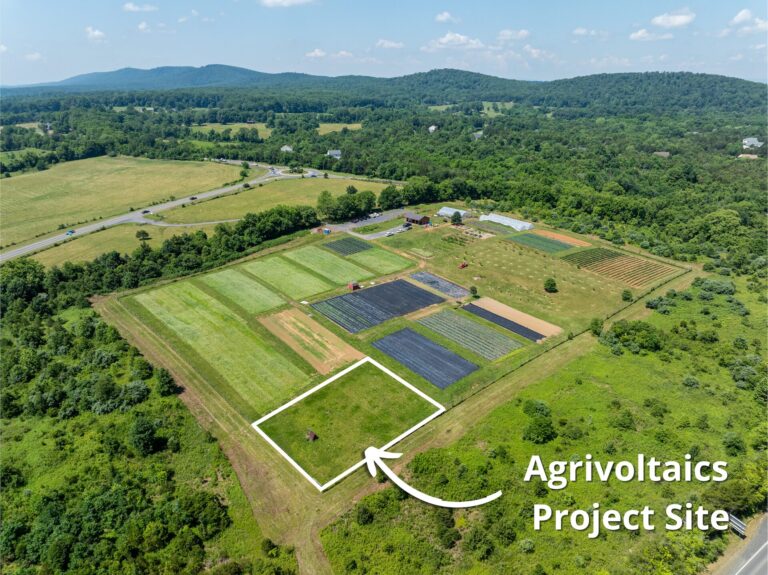After four years, 40 PEC action alerts, and many changes to the timeline, the Board of Supervisors adopted the Albemarle County Comprehensive Plan update (AC44) Wednesday, Oct. 15!
Our Work
Safeguarding the landscapes, communities and heritage of the Piedmont by involving citizens in public policy and land conservation. Learn more about our work by browsing the subject areas below and find out how to get involved!
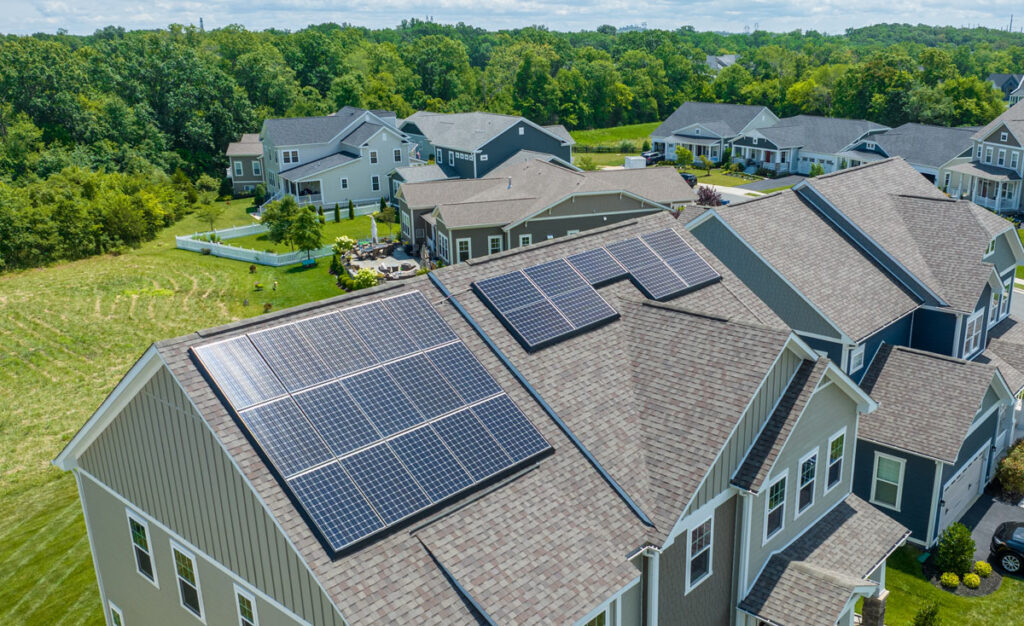
The Fight to Stop Dominion’s Attack on Small-Scale Solar – Webinar Recording
On October 21, Solar United Neighbors hosted a webinar on Dominion Energy’s proposal to severely limit net metering. PEC’s Senior Energy & Climate Policy Advisor, Ashish Kapoor, shared findings from our new Value of Solar report.
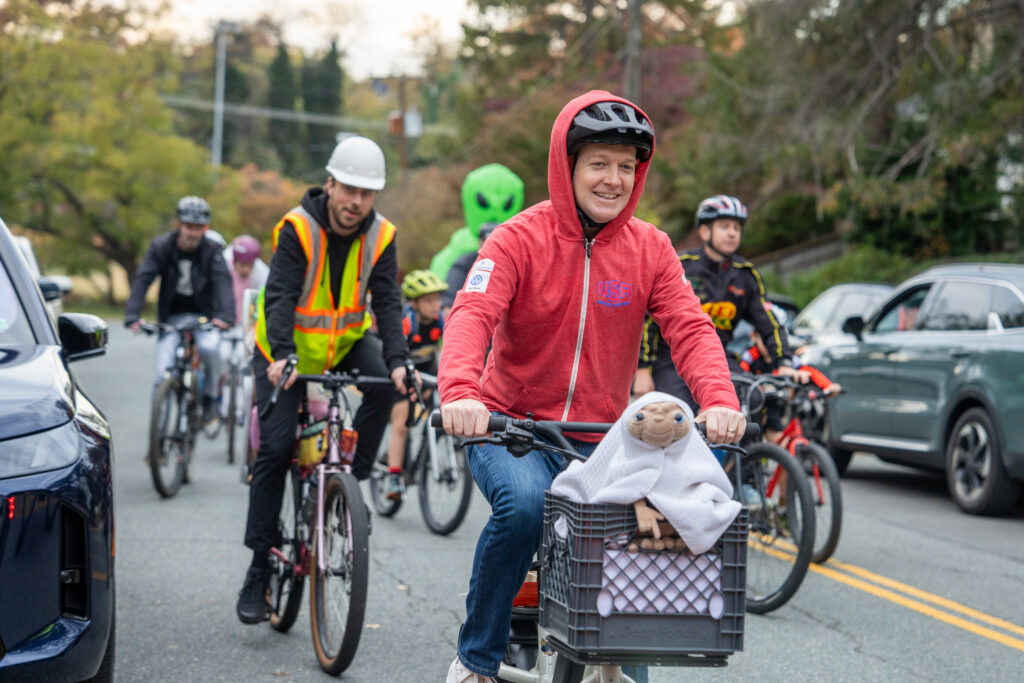
Halloween Costume Bike Promotes Safety on the Roads
Around 30 riders decorated their bikes, dressed up as extra-terrestrials, supernatural beings, cartoons and food items, and enjoyed a November evening of biking around Charlottesville.
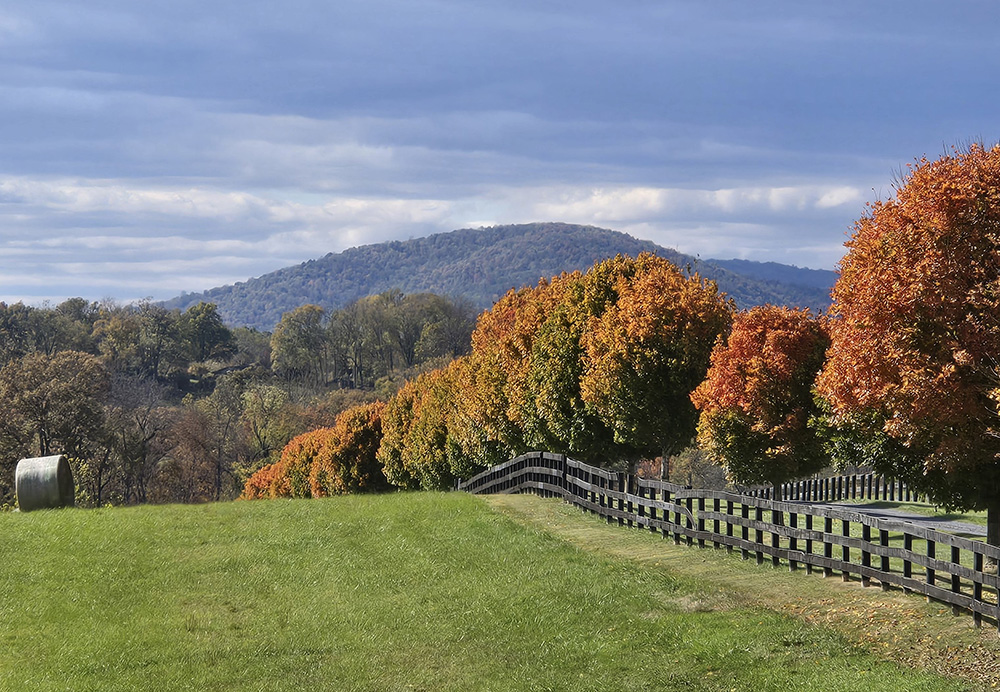
Fauquier Fall Updates 2025
We’ll touch on VDOT’s proposed I-66 bridge expansion at historic and iconic Thoroughfare Gap, the transition point into the rural Piedmont, at the beloved Chapman-Beverley Mill. Then, very impactful to all of us, we’ll talk about various power infrastructure and data center projects across the county.
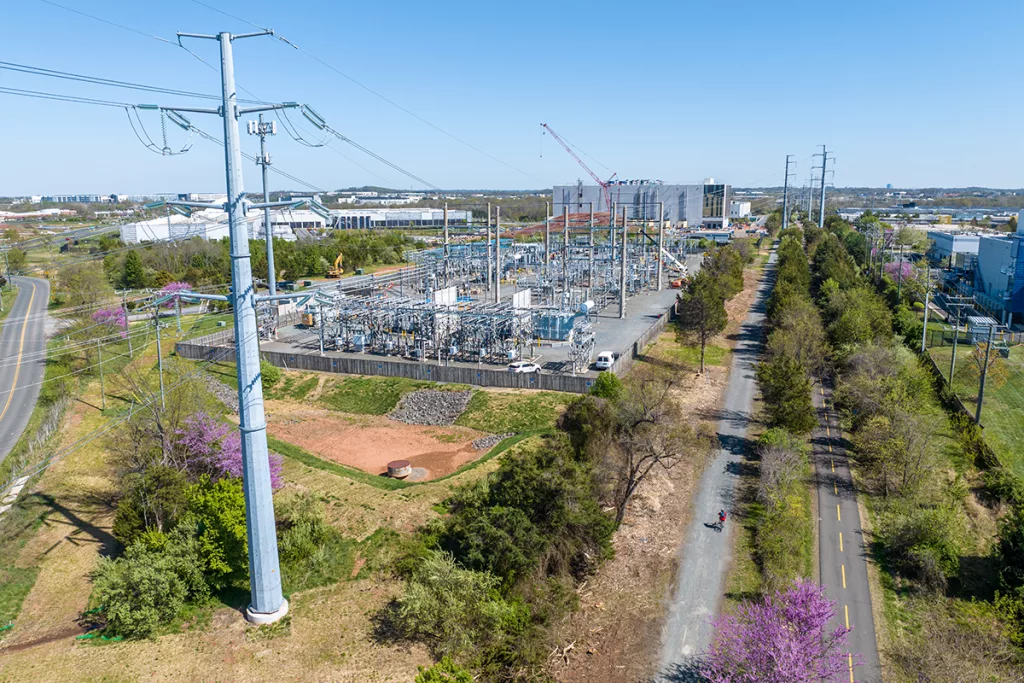
Op-Ed: Protect Virginians from paying billions for data center infrastructure
Billions of dollars of new power generation and transmission infrastructure is needed to meet data center demand. As of now, all of Virginia’s ratepayers are on the hook to pay for this through their electric bills.
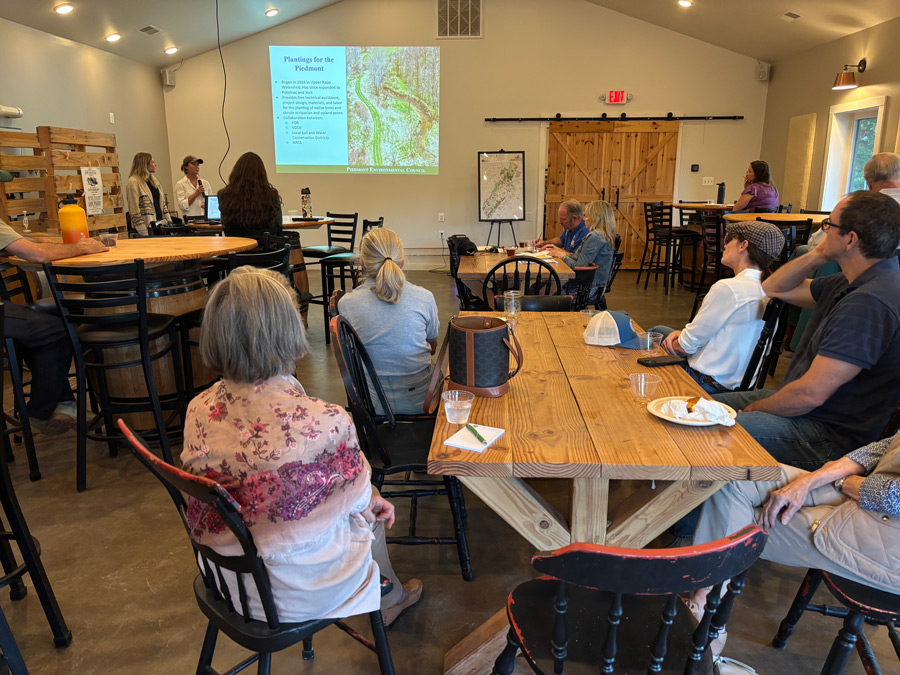
Conservation Funding Workshop & Social 2025 – Resources
It was fantastic to have such an engaged crowd at our recent Conservation Funding Workshop and Social at Powers Farm & Brewery in Midland!
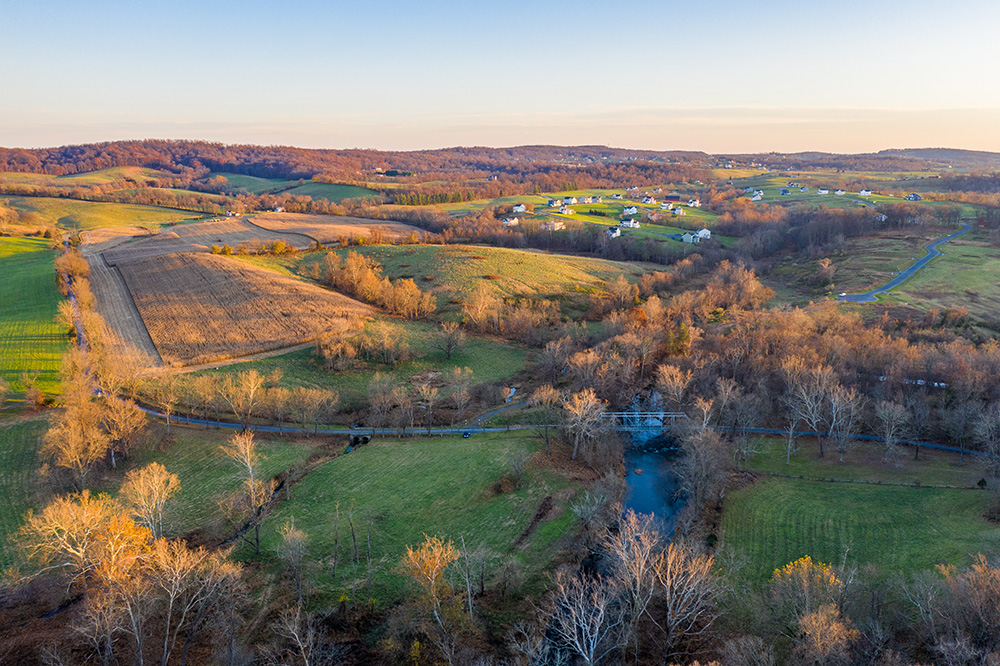
Loudoun County Fall Updates
Read on for Loudoun updates on data center, agrivoltaics, transportation, rural zoning, and water issues, as well as opportunities to weigh in on important issues impacting your community!
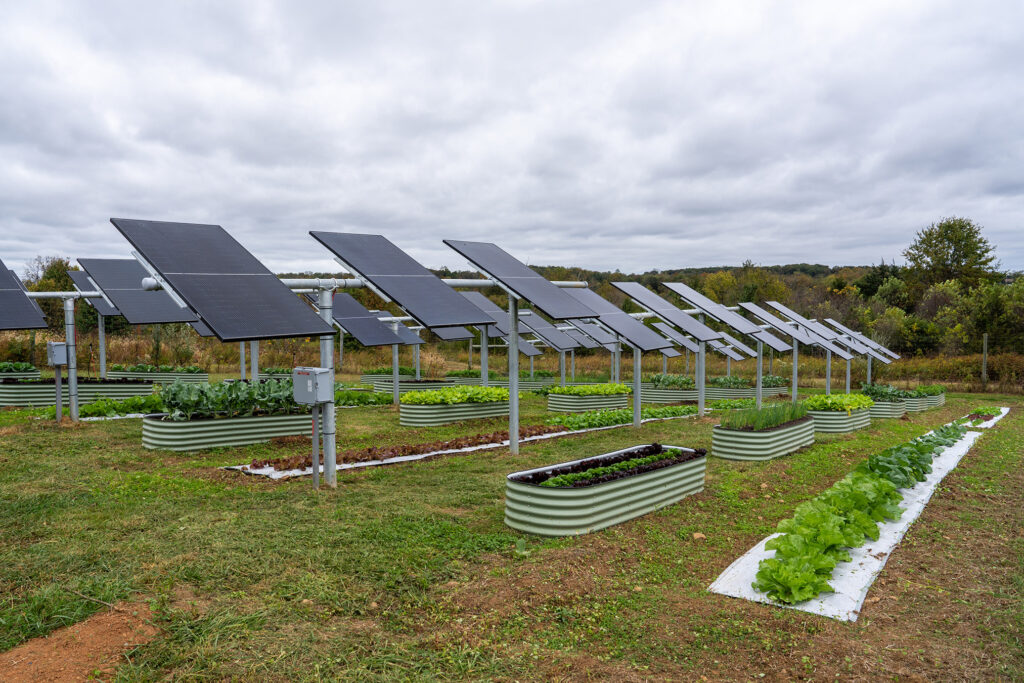
The Value of Solar Report
Committed to advancing Virginia’s clean energy future, PEC commissioned Dunsky Energy + Climate Advisors to study and calculate the actual value of distributed solar generation to every Virginian — factoring in the range of benefits that utilities do not acknowledge when they are proposing big cuts to net metering values.
Learn more about our findings on the Value of Solar landing page.
Dominion Petition to Reduce Net Metering Benefits Threatens Future of Distributed Energy
Public comment opportunity in late 2025 and early 2026
In May 2025, Dominion Energy petitioned the Virginia State Corporation Commission (SCC) to make regulatory changes to “net metering,” a billing arrangement whereby owners of rooftop and other small-scale solar receive a 1:1 credit for the excess energy their systems generate and send back to the grid. This is the fundamental structure that makes solar economically viable and financially accessible to homeowners, farmers and small businesses. However, because it loses profits from distributed energy, Dominion wants to cut that net metering value and severely undermine the benefit and practicality of all distributed generation — all at a time when we are importing more energy than any other state and are projected to need an additional 40-50 gigawatts to accommodate data center growth. Dominion’s case before the State Corporation Commission later this year and in early 2026 will provide an important opportunity to provide public comment. PEC is an intervenor in this case, posing questions and offering additional information that can be used in the SCC’s decision making. We encourage you to submit comments in support of the current net metering rate structure.
For more information about the Value of Solar report or PEC’s energy work, contact Ashish Kapoor at [email protected].
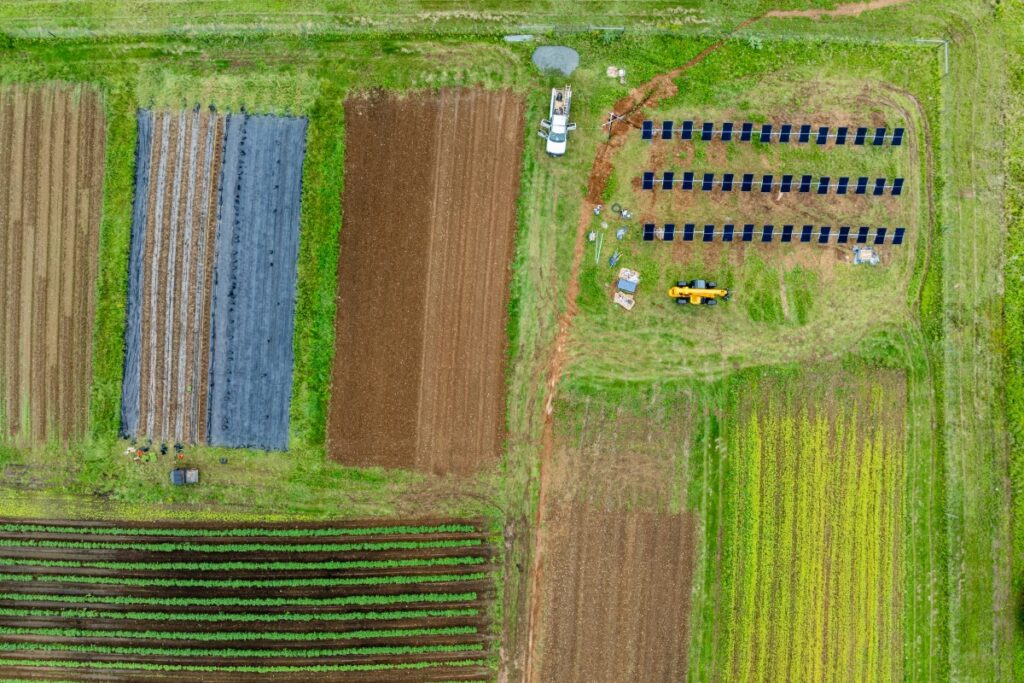
Net Metering Fight, Value of Solar Report and PEC’s Agrivoltaics Project
Read on to learn more about our recently completed, first-of-its-kind in Virginia, agrivoltaics project at PEC’s Community Farm; the results of a PEC-commissioned study on the true value of smaller-scale solar; our efforts to ensure rooftop solar owners and other behind-the-meter solar users are able to maintain electricity bill savings in the face of a challenge by Dominion; and our upcoming efforts, both during the General Assembly and year-round, to increase distributed generation energy (i.e. solar on rooftops, parking lots, small-scale agrivoltaics, etc.) in Virginia.
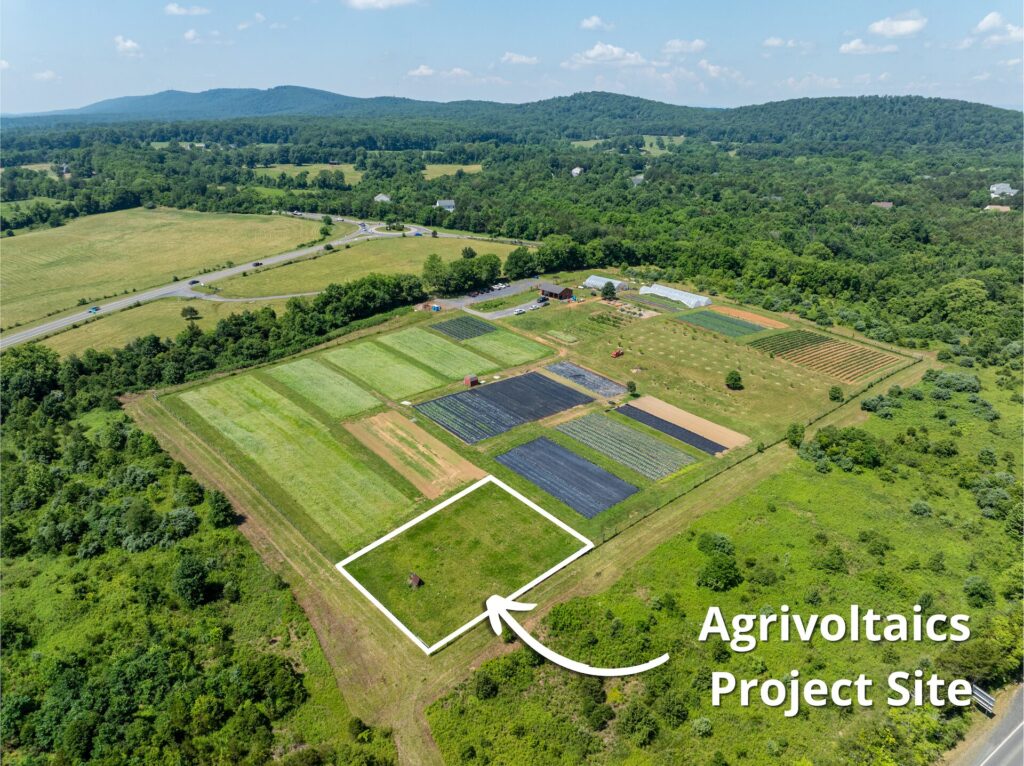
How Agrivoltaics Can Help Solve Virginia’s Energy Crisis
Virginia needs energy solutions that work with communities, not against them. Agrivoltaics does exactly that—it gives farmers additional revenue to help them keep their land, produces clean energy where people actually want it, and gets projects connected to the grid in months instead of years.
Across the state of Virginia, the electrical grid is at a breaking point. In order to meet the growing energy demand being driven by the explosion of data centers, our state faces the prospect of having to double or possibly triple the electrical grid in the next 15 years, or potentially face recurring blackouts.
As the state scrambles to find solutions, options such as large-scale solar development that could help are facing local opposition and red tape. To address this energy “crisis by contract,” the Piedmont Environmental Council (PEC) is testing a dual-purpose approach that doesn’t force a choice between feeding people and powering our communities. At its Roundabout Meadows Community Farm, located between the county’s data center-heavy east and rural west, PEC has installed a quarter-acre crop-based agrivoltaics project—growing vegetables and producing electricity on the same small plot.
More than simply an agricultural experiment, this project could change how Virginia thinks about energy and farming. Agrivoltaics offers a path forward that both farmers and rural communities can get behind.
Agrivoltaics works…
Instead of deciding whether land should be used for farming or energy, agrivoltaics makes it possible to have both.
American Farmland Trust defines agrivoltaics as the production of marketable agricultural products in conjunction with solar energy production throughout the full life of a solar array, with intentional design that ensures land within the array remains suitable for agricultural production.
Farmers and rural communities that typically oppose large solar developments often embrace agrivoltaics because it keeps their land in agricultural production while saving on utility bills or adding revenue streams. Adding battery backup to the system not only adds another potential future source of income through virtual power plants, but also adds full energy independence – off-grid living. In Virginia, this all matters—we have over 39,000 farms covering more than 7 million acres, with 97% of them family-owned and averaging 187 acres each. Imagine connecting small 1-megawatt (MW) agrivoltaics projects on each of those farms; that would be nearly 40 GW of energy connecting to the grid – on a much shorter timeline than large-scale solar – while directly benefiting our agricultural communities. Even if we got 10% of that potential, it is still the equivalent of four nuclear power plants. By adding solar installations in parking lots and brownfields to the calculus, the energy potential grows significantly higher.
As a land conservation organization, PEC supports the clean energy transition but recognizes that large-scale solar often functions like industrial land use. That’s why PEC focuses on distributed energy solutions—from supporting parking lot solar legislation to organizing “Solar on the Farm” workshops that connect farmers with installers for behind-the-meter projects. Agrivoltaics represents the next step in that strategy.
…PEC’s Community Farm project demonstrates how.

The Loudoun County project shows what agrivoltaics looks like in practice. Through its Clean Energy to Communities program, the U.S. Department of Energy’s National Renewable Energy Lab (NREL) provided PEC with technical guidance and subsequently invited PEC into a national cohort of agrivoltaics developers. The project is also part of a university research network that includes Cornell University, University of Wisconsin, Rutgers University, Virginia State University, Virginia Tech and others.
The site itself has a compelling backstory. The 170-acre Roundabout Meadows property was originally slated to become a shopping plaza with a Harris Teeter grocery store until conservationists stepped in to purchase and preserve the land. Now it sits at the literal edge of Loudoun’s growth boundary—a demonstration of what is possible when you choose conservation and innovation over development.
In the summer of 2025, on a quarter-acre section of the farm, PEC installed 42 solar panels mounted 6-8 feet high.
- After obtaining approval to connect to the electrical grid, the panels now generate 130% of the entire farm’s electricity needs
- The space underneath the panels produces food – crops grown in-ground as well as in planter boxes placed between rows of panels
- The panels are spaced out to create shade conditions that researchers believe help crops grow more consistently
- The project uses fixed-tilt panels because they offer the best cost-benefit for production at a project of this scale
- The design uses NREL data and focuses on replicability
- Everything from cost to construction is designed so that other farmers can adapt it to their own operations.
The broader farming operation at Roundabout Meadows is also impressive, with three full-time staff using Certified Naturally Grown practices on its 40 acres of farmland to grow organic vegetables, donating the full harvest – about 50,000 pounds annually – to local food pantries through Loudoun Hunger Relief and Christ Cares. Volunteers and corporate groups regularly help with the farm work and learn about sustainable agriculture.
Because the project has a built-in battery backup, the farm can keep running essential operations—e.g., well pumps, produce cooling, greenhouse, etc.—even when the electrical grid goes down. While it is an added optional cost, those batteries can do double duty, generating income for farmers by selling excess power back to the grid during peak demand periods, essentially functioning as a small, clean power plant.
In order to measure its effectiveness and address concerns, the agrivoltaics section includes side-by-side research plots to compare how crops perform under panels versus in full sun, measuring everything from crop yields to water usage to disease pressure. Because crops will be grown both in-ground and in raised beds, the findings will apply not just to farms but to parking lots, brownfields and other sites where it may make sense to combine solar energy and useful ground-level activities.
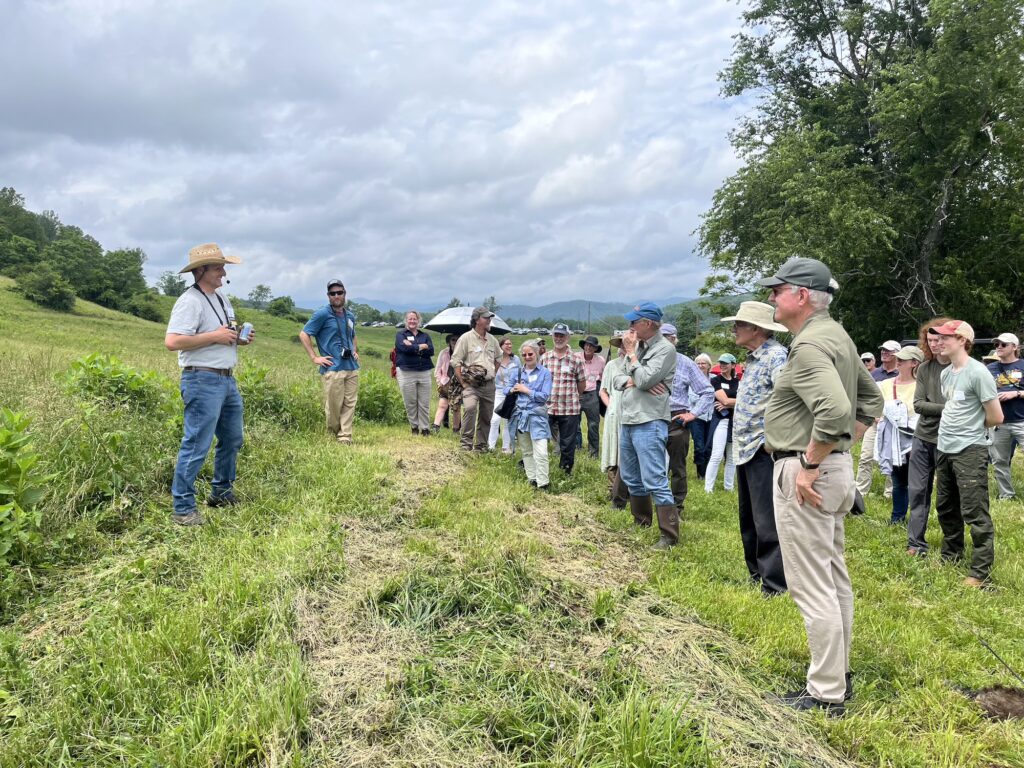
The PEC project is designed from the ground up for replication. Every decision—from cost to construction methods—was made with other farmers in mind.
For farmers and homeowners, solar systems typically save $60,000 over their lifetime—and those savings grow as utility bills rise.
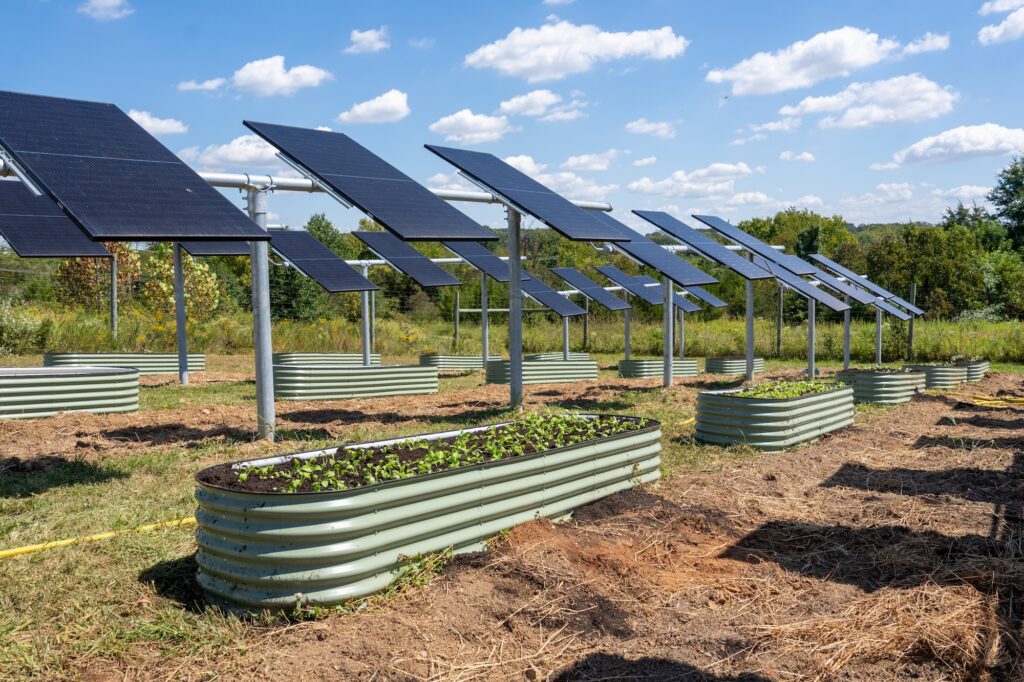
It’s time to make this a reality for more farmers.
Dominion Energy’s tremendous lobbying pressure has been a longstanding and powerful force against efforts to create a more distributed energy grid, because the utility company loses profits from distributed energy, like agrivoltaics. Please submit comments to the State Corporation Commission to keep this energy source viable by maintaining the current 1:1 net metering structure.
View and learn about our energy work →
Why is Dominion trying to kill rooftop solar?
Report Finds Solar Far Exceeds Value Communicated by Dominion
Shining a Light on Agrivoltaics at Roundabout Meadows
Videos: Agrivoltaics Project at PEC’s Community Farm
For more information about the agrivoltaics project or PEC’s energy work, contact Ashish Kapoor at [email protected].




